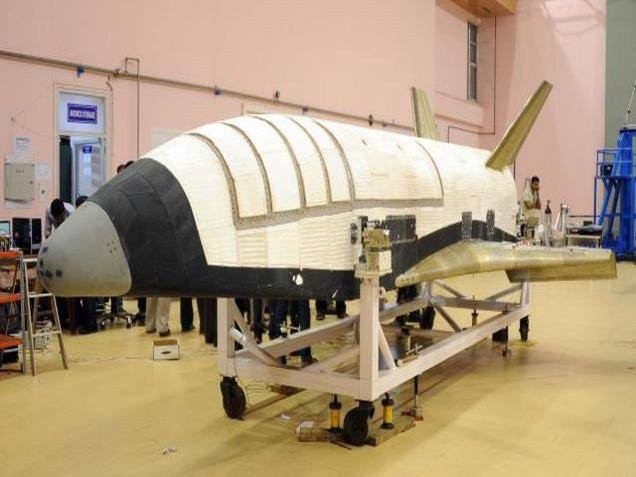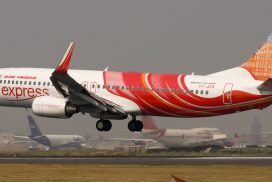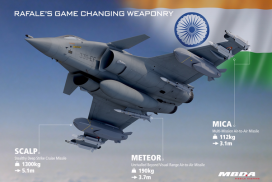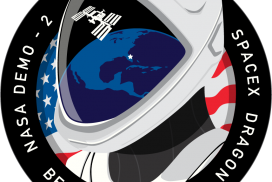ISRO has dreamed an impossible dream and made it happen with the launch of its own reusable “space shuttle”, a winged body aerospace vehicle operating in hypersonic flight regime. The race to develop such a spacecraft is a heated one, and the Indian Space Research Organisation (ISRO) successfully tested its first reusable satellite launch vehicle in Sriharikota early morning on Monday, 23rd May 2016. This demonstration of technology is exciting, as is the fact that it has been done with so little expense. The cost of developing the RLV technology is estimated to be about Rs.100 crore which is around $15 million.
The project, code-named Reusable Launch Vehicle-Technology Demonstration Programme or RLV-TD, is an attempt by ISRO towards realising a Two Stage To Orbit reusable launch vehicle. For this purpose, a winged reusable launch vehicle technology demonstrator (RLV-TD) has been configured. The 1.7-tonne RLV-TD will be used to test and evaluate various technologies like cruise flight, hypersonic flight and autonomous landing using air-breathing propulsion. Critical technologies such as autonomous navigation, guidance & control, reusable thermal protection system and re-entry mission management have also been successfully validated.
The long-term objective of this mission is to reduce costs involved in launching rockets for carrying satellites into the Earth’s polar and geostationary orbits. Application of these technologies would bring down the launch cost by a factor of 10. Rockets for launching satellites for the purpose of space exploration are made at the space agency’s VSSC at Thiruvananthapuram in Kerala.
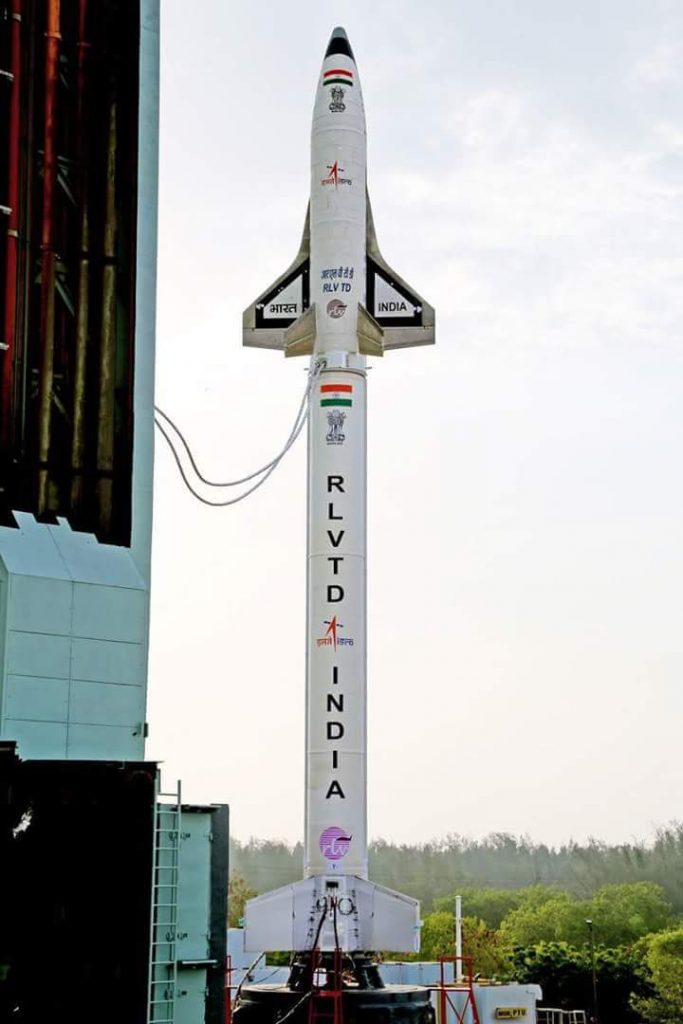
The experimental craft was launched from ISRO’s spaceport at Sriharikota in Andhra Pradesh, about 80 km northeast off the coast of Chennai in the Bay of Bengal. A mini-rocket with a booster was used to fly a winged reusable launch vehicle into lower earth orbit, about 70 km from the earth. After a successful flight of 91.1second, HS9 burn out occurred, following which both HS9 and RLV-TD mounted on its top coasted to a height of about 56 km. At that height, RLV-TD separated from HS9 booster and further ascended to a height of about 65km.
From that peak altitude of 65 km, RLV-TD began its descent followed by atmospheric re-entry at around Mach 5 (five times the speed of sound). The vehicle’s Navigation, Guidance and Control system accurately steered the vehicle during this phase for a safe descent.
After successfully surviving the high temperatures of re-entry with the help of its Thermal Protection System (TPS), RLV-TD successfully glided down to the defined landing spot over the Bay of Bengal, at a distance of about 450km from Sriharikota, thereby fulfilling its mission objectives. The vehicle was successfully tracked during its flight from ground stations at Sriharikota and a shipborne terminal. Total flight duration from launch to landing of this mission of the delta-winged RLV-TD lasted for about 770seconds.
ISRO acknowledged the support of Indian coast guard and National Institute of Ocean technology (NIOT) for the mid sea wind measurement and shipborne telemetry respectively in this mission
Although in the future, the idea is to bring the vehicle back to test the technology developed indigenously, in this mission, the vehicle was not recovered. In subsequent test flights, ISRO will attempt to land the reusable vehicle at a specific location on land, like an aircraft does on a runway, in order to use it again for launching more satellites.
The US, Russia, Japan and the EU are also developing RLV technology in their own space exploration missions. Now, India has joined the list of countries that have managed to launch a reusable spaceplane. The ISRO Reusable Launch Vehicle-Technology Demonstrator (RLV-TD) is poised to be a direct competitor to the American Boeing X-37B. It’s interesting to note that unlike the X-37B which was launched encapsulated within a protective cowling, the RLV-TD was launched bare. This is reminiscent of how the 1960’s vintage Boeing X-20 Dyna-soar was to be launched. Mounted directly on the rocket and launched straight up. NASA has however grounded their space shuttle program for the time being. It seems the time is right for India to become the next superpower in space exploration.

